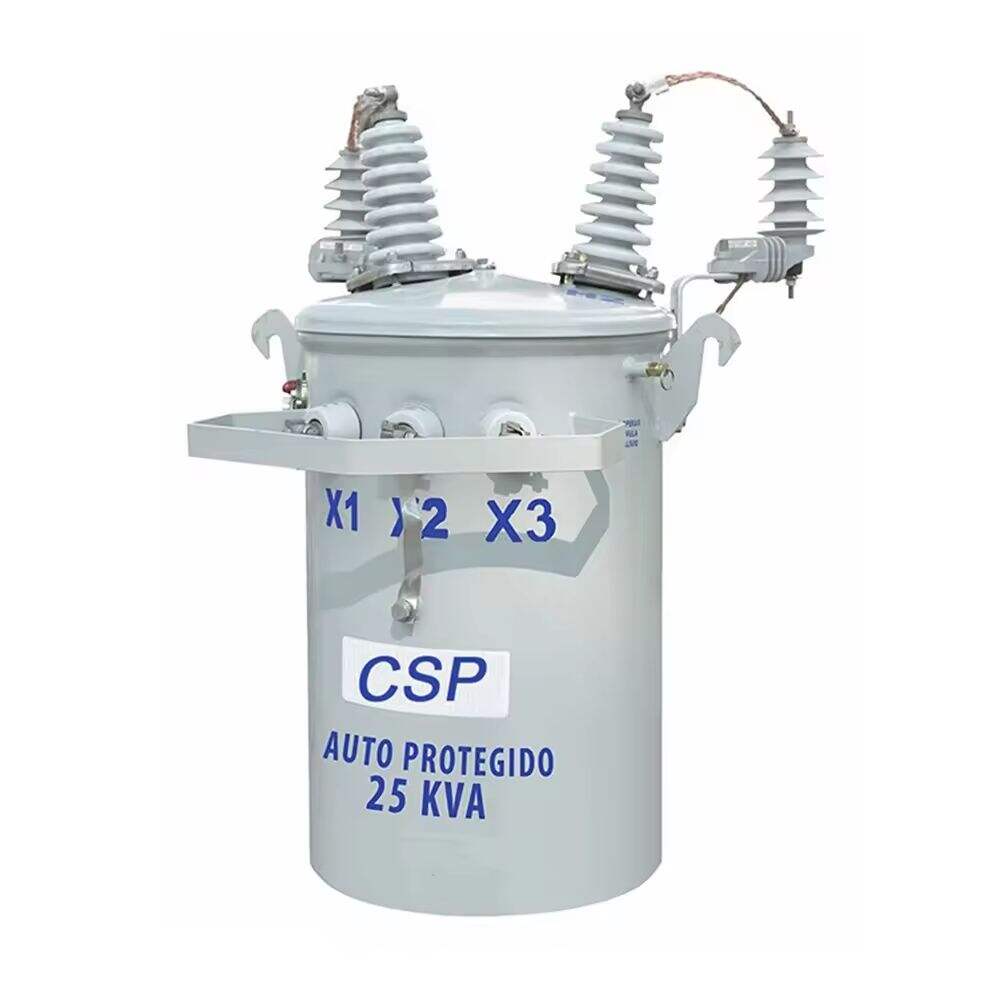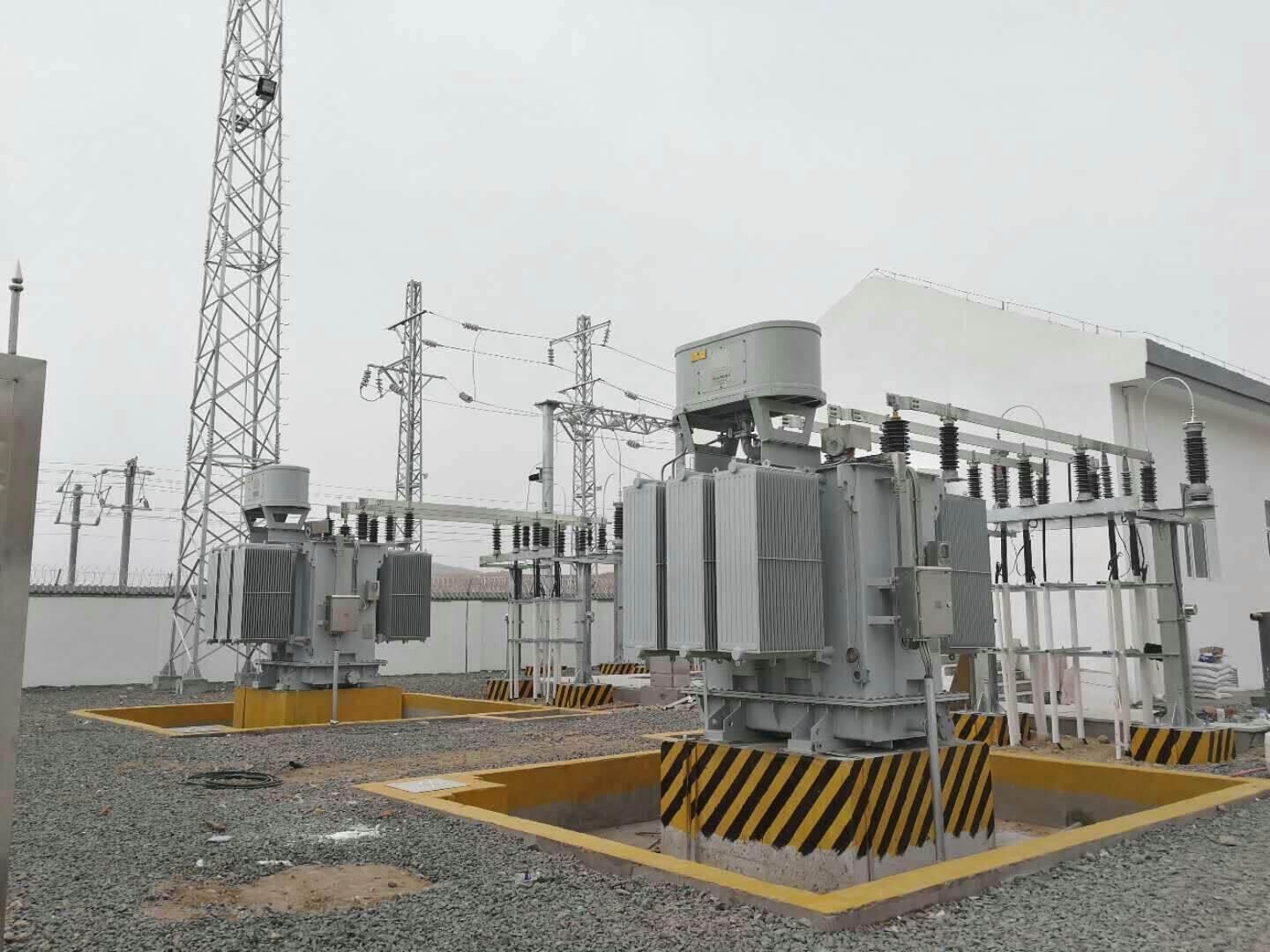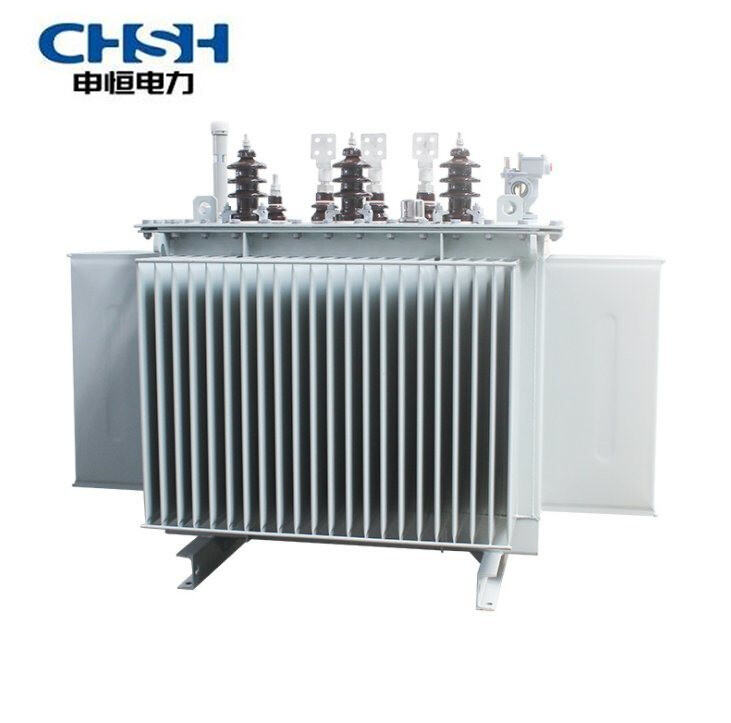cost of distribution transformer
The cost of distribution transformers represents a crucial investment consideration in power infrastructure development. These essential devices, which convert high-voltage electricity to lower voltages suitable for end-user consumption, vary significantly in price depending on several factors. Typically ranging from $2,000 to $30,000 for standard units, the cost is influenced by capacity ratings, design specifications, and manufacturing quality. Modern distribution transformers incorporate advanced features like smart monitoring systems, enhanced energy efficiency ratings (meeting or exceeding DOE standards), and robust insulation materials. The initial investment includes not only the equipment cost but also installation, maintenance provisions, and efficiency considerations that affect long-term operational expenses. Manufacturers often provide various models with different voltage ratings, ranging from 120/240V for residential applications to 480V for commercial and light industrial uses. These transformers feature technologies such as amorphous core materials, low-loss silicon steel laminations, and advanced cooling systems, all of which impact the final cost. When evaluating the cost of distribution transformers, buyers must consider factors such as load requirements, environmental conditions, maintenance accessibility, and expected service life, typically 20-30 years under normal operating conditions.


